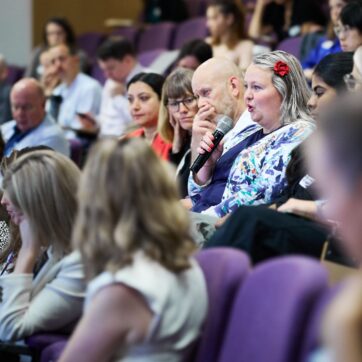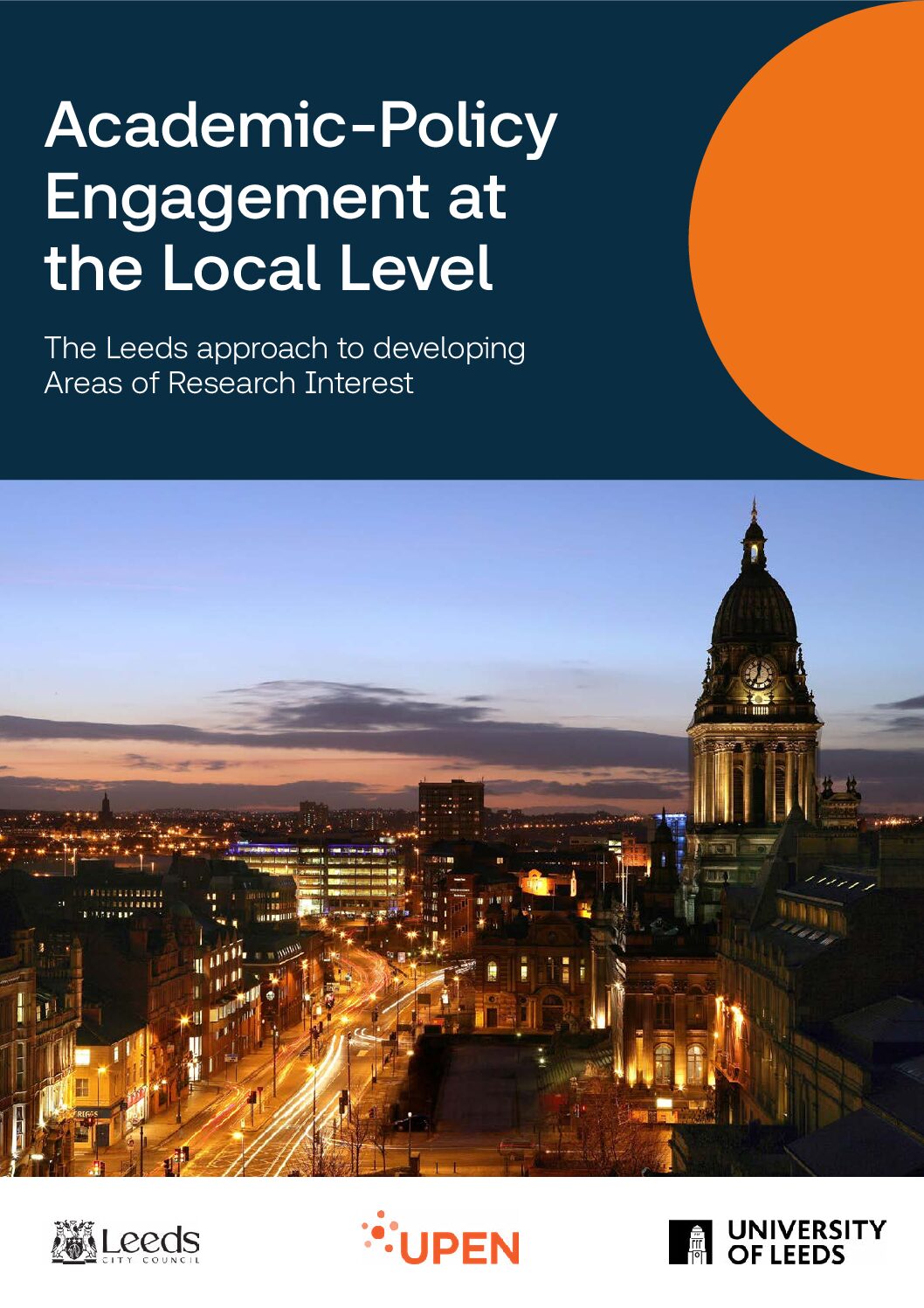Collaborative projects to support work on NHS waiting time recovery have emerged through meetings CAPE has set up for health policy officials with academic experts in systems thinking. This has involved the University of Cambridge, University of Manchester, University College London and health policy partners. The purpose of this blog is to illustrate how systems thinking insights have made a difference by sharing four systems thinking tools used in these collaborations. CAPE has received feedback that these tools have informed advice to ministers and NHS recovery plans.
First, what is a system and why does systems thinking matter? Meadows (2008) defines a system as a set of interconnected elements with a function or purpose. Examples include the human body made of organs, cells etc. or a transport system comprising cars, roads, trains etc. These elements interact, generating dynamic behaviour.
The NHS and social care system has thousands of providers and millions of staff delivering care for millions of service users in a changing environment. In such a large system, different stakeholders hold different pieces of the picture. The interdependencies can mean that actions in one place can have unintended consequences in another. The tools below help stakeholders to get a shared view of the whole picture and align decisions.
Here is an overview of the four tools researchers and policy officials have used together:
- Personas and service user journeys – Personas are fictional characters created based on research. They represent types of service users that might have similar interactions with the service. For example, Dr Dan Stubbs in the Cambridge Health System Design Group statistically analysed pseudonymised patient records to identify six clusters of common types of patients. One persona is David who is 88 and has broken his hip and recently had a stroke; he is an emergency admission. A second persona is Magda who is 68 and has been waiting 16 months for her elective hip operation but is otherwise fit and healthy. Both need orthopaedic surgery. These personas were used in a workshop run with service user representatives and a wide range of frontline staff, including surgeons, nurses, physios, emergency care physicians and GPs. By exploring the healthcare journeys for these personas, plans can be improved to address the kinds of issues different service users face
- Data visualisation – Once individual patient journeys have been considered, we can now look quantitatively at lots of journeys together and consider how these journeys interact. A useful data visualisation for patient flow problems is a Sankey diagram. These diagrams show how volumes of different types of patients flow from one stage in their journey to the next. These diagrams can be used to visualise, for example, the number of people arriving to A&E by foot versus ambulance and how many patients are admitted per speciality. Information can then be added to highlight where issues are, such as data on the biggest queues. In one collaboration, this approach was used to visualise the structure and scale of flows of planned and unplanned care in a trust.
- Computer modelling – Once there are qualitative and quantitative insights about the system and how patients move through it, there can be extrapolation to explore what might happen if changes are made, using modelling. To illustrate how this can help, the Cambridge Engineering Design Centre modelled an overseas diagnostics unit where it was assumed that a queue was due to a scanner shortage. In the simulation, they increased the number of scanners and found it did not improve the queue, but by increasing the staff to bring patients to the scanners, the queue improved (Kohler et al, 2022). Through CAPE, collaborations on stock and flow models and discrete event simulations of A&E and cancer waiting times have been conducted with University College London and the University of Cambridge.
- Delivery chain maps – If policies can be improved based on insights like these, it can then be asked what will it take to make a difference on the frontline? Delivery chain maps are useful for understanding the connection between the centre of government and the frontline. To create the delivery chain map, boxes can be drawn representing the actors, starting with the recipients of the service, then showing their connections to the frontline staff, their managers, local system leads and eventually the various national policy leads in the centre. Between the boxes, arrows can be added to show flows of authority (formal and informal), resources and information. To test and use the delivery chain map to solve a problem, stakeholders in different parts of the system are interviewed to understand the chain and ways to improve it. For example, in one project this tool highlighted places where outdated IT was limiting the implementation of a policy and other places where people were missing clear guidance to do their roles.
CAPE has gathered feedback indicating that these tools have added a great deal of richness to the evidence used by health policy officials to improve advice and national plans. The networks of expertise provided by CAPE have enabled policy officials to work with researchers who are working with different data, advanced analysis and frontline staff and service users, considering these questions in detail every day.
About CAPE
Capabilities in Academic Policy Engagement (CAPE) is a knowledge exchange and research project funded by Research England from 2020-2024, which has been exploring how to support effective and sustained engagement between academics and policy professionals. The project is a partnership between UCL and the Universities of Cambridge, Manchester, Northumbria and Nottingham in collaboration with the Government Office for Science, the Parliamentary Office for Science and Technology, Nesta and the Transforming Evidence Hub.
About CAPE case studies
CAPE case studies have been written by academics and policy partners on the CAPE project as reflections on their experience of undertaking academic policy engagement. The case studies include explorations of academic placements in policy organisations and vice versa (called Policy Fellowships), partnerships between universities and policy organisations, and collaborative projects between academics and policy partners.


